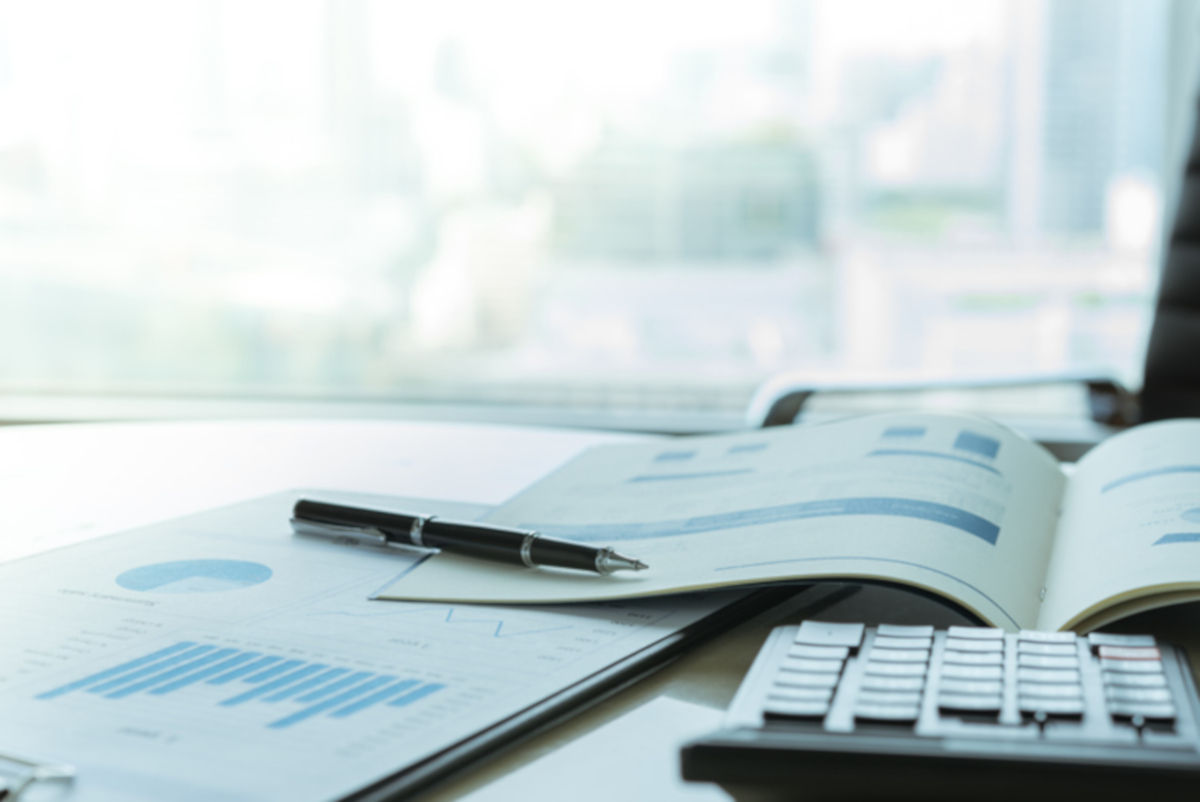Once you’ve bought or created the right flip house cost estimator spreadsheet, the next step is to learn how to use it.
This is fairly easy for anyone experienced with using office software such as Excel or Google Sheets.
Anyone Can Learn How
There are often tutorials on the seller’s website that can get you started. But like most software, you will likely run into things you don’t know how to do with your new costing tool.
Here are the Steps:
- Open the program
- Scan the page
- Notice any menus in the top, bottom, and sides
- Use left and right click to see if they do anything
- Usually, programs will ask to open a new file or project. Try this first.
- Start entering data into the program
- Try saving it. Figure out where the program saves the files. This way you can make a backup in case anything happens to the tablet, laptop, etc. Not having a backup could be disastrous for your progress on the house flip.
- Notice the different color coded sections, menus, and other highlighted text. This usually means it’s important.
- Look for any buttons for things such as save file, compute, add, delete, etc.
If a flip house cost estimator program is properly designed, pressing the wrong button or menu item will not cause the program to crash or lose your data.
If the program freezes, simply close it or restart the computer. This will likely be a one-time issue that may happen from time to time.
Make sure you save the project file often and make backups.
Remember which folder has the project files on your computer (or Google Drive if you’re using that). Make a shortcut on your desktop to make it easier to open. Knowing where your files are saved will cut down search time to look for them. And time is money.
Also, look for a “?” question mark, or “Help” menu list item at the top (usually) or right of the program window. This will lead to a tutorial or help file that usually has a search field to type in any issue you are looking to solve.
Use Your Cost Estimator To Its Fullest
For flip house cost estimator software, there are some things that a flipper must learn to use it to its fullest.
You will need to know about:
- After Repair Value (ARV)
- Estimated Repair Costs (ERC)
- Total Fixed Costs
- Additional costs
- Total Repair Estimate
- Rehab Profit
- Calculated Maximum purchase price
- Capital Needed
- Funding available
- 70% rule
- Total Project Costs
- Total Capital Needed
Pay close attention to the maximum purchase price you should pay for the flip before renovation. This formula is the 70% rule and gives the maximum a flipper should pay for a given property once they input the ARV and estimated repair costs.
Also, the total capital costs for the entire house flip after renovation are crucial. Compare these to the after repair sale value on the open market. If the projected sale value is less than the overall cost of the purchase and renovation of the house, this is the wrong house to buy. The ability to calculate this easily for comparison is the reason why renovation cost estimators exist in the first place.
Flip House Cost Estimators In a Nutshell
A regular computer user should be able to work with a flip house cost estimator spreadsheet without an extended learning period. Remember, if the program is not easy to use and effective, it will not be very practical to use as a house flipping tool and should be abandoned. There are other tasks worthy of a house flipper’s time than dealing with difficult software.
A good flip house cost estimator will have an easy-to-use interface with color coded steps you can follow without too much difficulty. Dive right in and soon you will be creating accurate estimates for your house flips!
Learn More…
Learn more about Estimating Rehab Costs – 5 Traps to Avoid in this article>
Learn more about the best ways to learn any new skill in this article by FASTCOMPANY.

